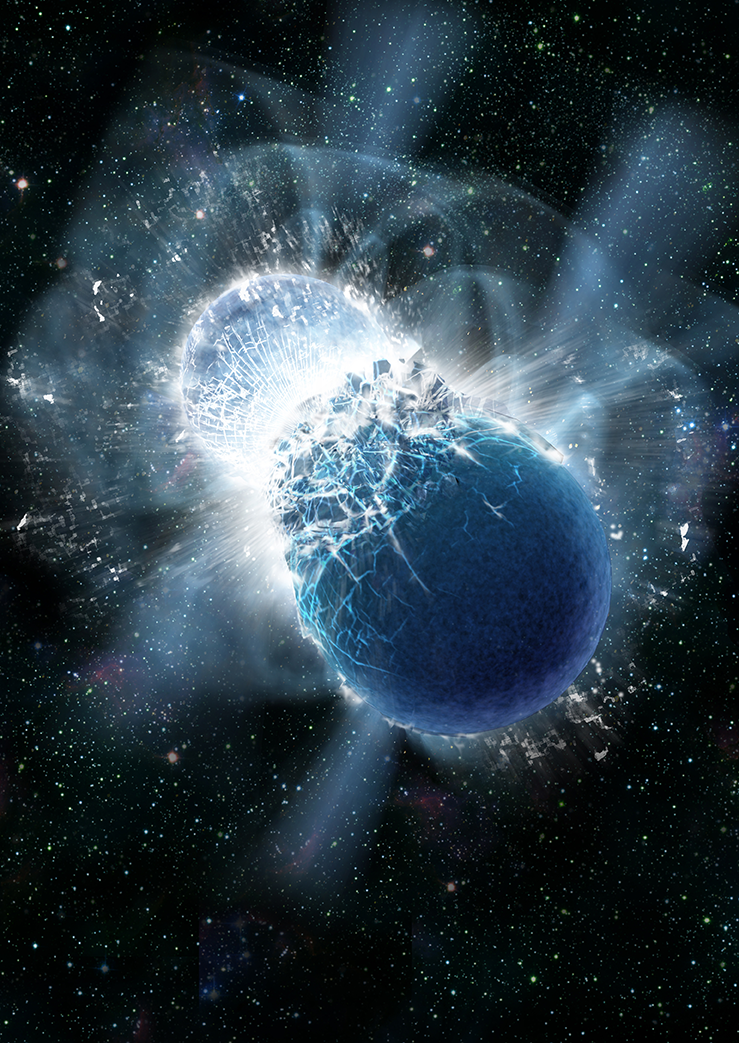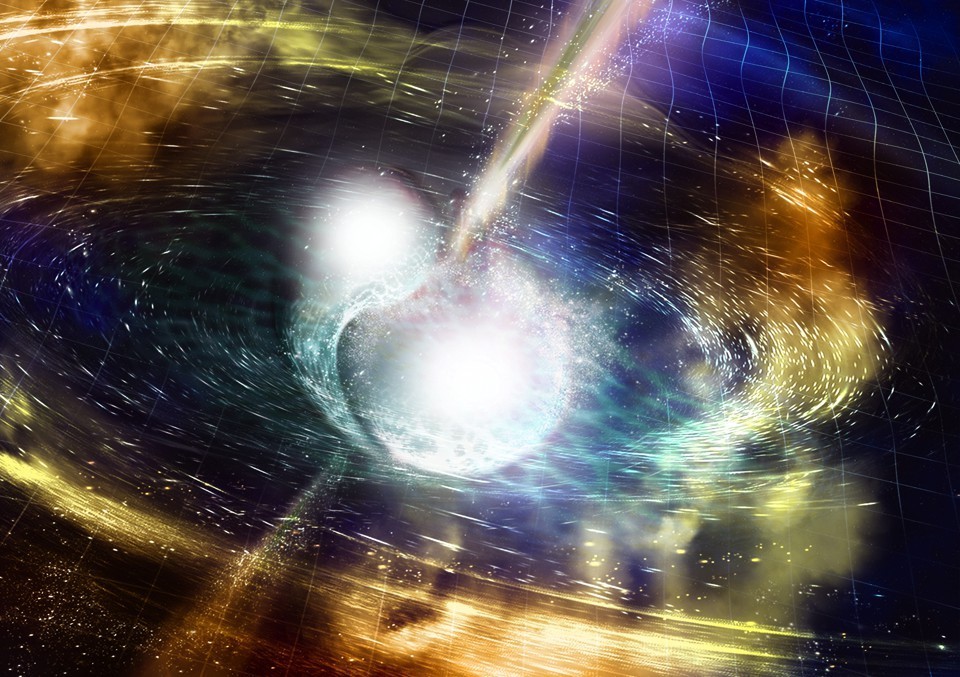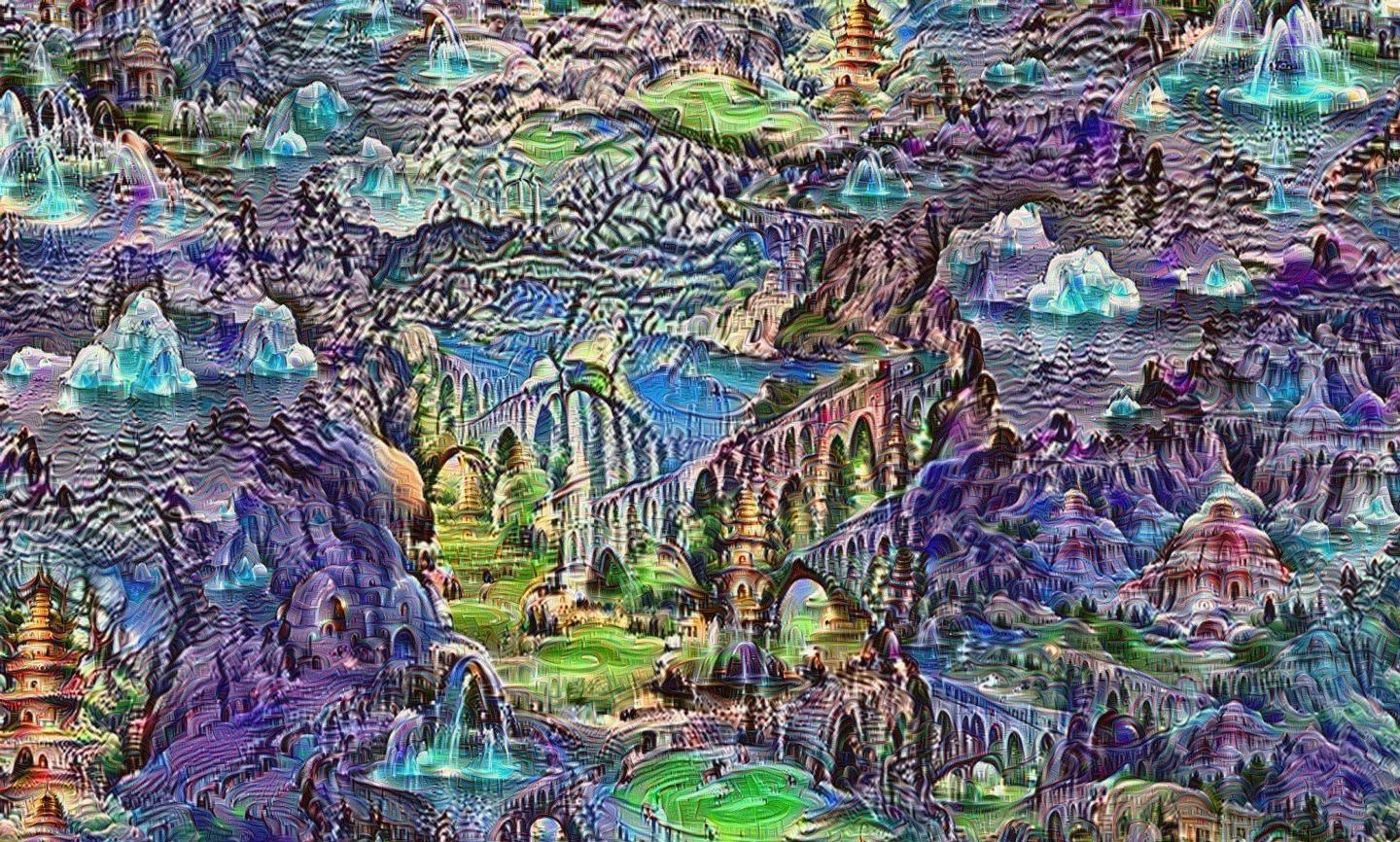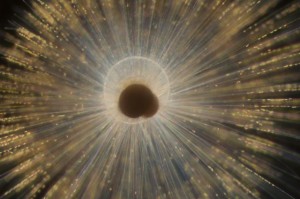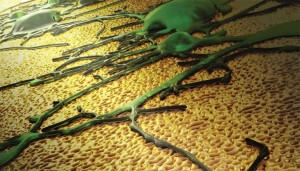Clustered regularly interspaced short palindromic repeats (CRISPR) does not and never has made much sense to me. I understand each word individually it’s just that I’ve never thought they made much sense strung together that way. It’s taken years but I’ve finally found out what the words (when strung together that way) mean and the origins for the phrase. Hint: it’s all about the phages.
Apparently, it all started with yogurt as Cynthia Graber and Nicola Twilley of Gastropod discuss on their podcast, “4 CRISPR experts on how gene editing is changing the future of food.” During the course of the podcast they explain the ‘phraseology’ issue, mention hornless cattle (I have an update to the information in the podcast later in this posting), and so much more.
CRISPR started with yogurt
You’ll find the podcast (almost 50 minutes long) here on an Oct. 11, 2019 posting on the Genetic Literacy Project. If you need a little more encouragement, here’s how the podcast is described,
To understand how CRISPR will transform our food, we begin our episode at Dupont’s yoghurt culture facility in Madison, Wisconsin. Senior scientist Dennis Romero tells us the story of CRISPR’s accidental discovery—and its undercover but ubiquitous presence in the dairy aisles today.
…
Jennifer Kuzma and Yiping Qi help us understand the technology’s potential, both good and bad, as well as how it might be regulated and labeled. And Joyce Van Eck, a plant geneticist at the Boyce Thompson Institute in Ithaca, New York, tells us the story of how she is using CRISPR, combined with her understanding of tomato genetics, to fast-track the domestication of one of the Americas’ most delicious orphan crops [groundcherries].
I featured Van Eck’s work with groundcherries last year in a November 28, 2018 posting and I don’t think she’s published any new work about the fruit since. As for Kuzma’s point that there should be more transparency where genetically modified food is concerned, Canadian consumers were surprised (shocked) in 2017 to find out that genetically modified Atlantic salmon had been introduced into the food market without any notification (my September 13, 2017 posting; scroll down to the Fish subheading; Note: The WordPress ‘updated version from Hell’ has affected some of the formatting on the page).
The earliest article on CRISPR and yogurt that I’ve found is a January 1, 2015 article by Kerry Grens for The Scientist,
Two years ago, a genome-editing tool referred to as CRISPR (clustered regularly interspaced short palindromic repeats) burst onto the scene and swept through laboratories faster than you can say “adaptive immunity.” Bacteria and archaea evolved CRISPR eons before clever researchers harnessed the system to make very precise changes to pretty much any sequence in just about any genome.
But life scientists weren’t the first to get hip to CRISPR’s potential. For nearly a decade, cheese and yogurt makers have been relying on CRISPR to produce starter cultures that are better able to fend off bacteriophage attacks. “It’s a very efficient way to get rid of viruses for bacteria,” says Martin Kullen, the global R&D technology leader of Health and Protection at DuPont Nutrition & Health. “CRISPR’s been an important part of our solution to avoid food waste.”
Phage infection of starter cultures is a widespread and significant problem in the dairy-product business, one that’s been around as long as people have been making cheese. Patrick Derkx, senior director of innovation at Denmark-based Chr. Hansen, one of the world’s largest culture suppliers, estimates that the quality of about two percent of cheese production worldwide suffers from phage attacks. Infection can also slow the acidification of milk starter cultures, thereby reducing creameries’ capacity by up to about 10 percent, Derkx estimates.
In the early 2000s, Philippe Horvath and Rodolphe Barrangou of Danisco (later acquired by DuPont) and their colleagues were first introduced to CRISPR while sequencing Streptococcus thermophilus, a workhorse of yogurt and cheese production. Initially, says Barrangou, they had no idea of the purpose of the CRISPR sequences. But as his group sequenced different strains of the bacteria, they began to realize that CRISPR might be related to phage infection and subsequent immune defense. “That was an eye-opening moment when we first thought of the link between CRISPR sequencing content and phage resistance,” says Barrangou, who joined the faculty of North Carolina State University in 2013.…
One last bit before getting to the hornless cattle, scientist Yi Li has a November 15, 2018 posting on the GLP website about his work with gene editing and food crops,
I’m a plant geneticist and one of my top priorities is developing tools to engineer woody plants such as citrus trees that can resist the greening disease, Huanglongbing (HLB), which has devastated these trees around the world. First detected in Florida in 2005, the disease has decimated the state’s US$9 billion citrus crop, leading to a 75 percent decline in its orange production in 2017. Because citrus trees take five to 10 years before they produce fruits, our new technique – which has been nominated by many editors-in-chief as one of the groundbreaking approaches of 2017 that has the potential to change the world – may accelerate the development of non-GMO citrus trees that are HLB-resistant.
…
Genetically modified vs. gene edited
You may wonder why the plants we create with our new DNA editing technique are not considered GMO? It’s a good question.
Genetically modified refers to plants and animals that have been altered in a way that wouldn’t have arisen naturally through evolution. A very obvious example of this involves transferring a gene from one species to another to endow the organism with a new trait – like pest resistance or drought tolerance.
But in our work, we are not cutting and pasting genes from animals or bacteria into plants. We are using genome editing technologies to introduce new plant traits by directly rewriting the plants’ genetic code.
This is faster and more precise than conventional breeding, is less controversial than GMO techniques, and can shave years or even decades off the time it takes to develop new crop varieties for farmers.
There is also another incentive to opt for using gene editing to create designer crops. On March 28, 2018, U.S. Secretary of Agriculture Sonny Perdue announced that the USDA wouldn’t regulate new plant varieties developed with new technologies like genome editing that would yield plants indistinguishable from those developed through traditional breeding methods. By contrast, a plant that includes a gene or genes from another organism, such as bacteria, is considered a GMO. This is another reason why many researchers and companies prefer using CRISPR in agriculture whenever it is possible.
…
As the Gatropod’casters note, there’s more than one side to the gene editing story and not everyone is comfortable with the notion of cavalierly changing genetic codes when so much is still unknown.
Hornless cattle update
First mentioned here in a November 28, 2018 posting, hornless cattle have been in the news again. From an October 7, 2019 news item on ScienceDaily,
For the past two years, researchers at the University of California, Davis, have been studying six offspring of a dairy bull, genome-edited to prevent it from growing horns. This technology has been proposed as an alternative to dehorning, a common management practice performed to protect other cattle and human handlers from injuries.
UC Davis scientists have just published their findings in the journal Nature Biotechnology. They report that none of the bull’s offspring developed horns, as expected, and blood work and physical exams of the calves found they were all healthy. The researchers also sequenced the genomes of the calves and their parents and analyzed these genomic sequences, looking for any unexpected changes.
…
An October 7, 2019 UC Davis news release (also on EurekAlert), which originated the news item, provides more detail about the research (I have checked the UC Davis website here and the October 2019 update appears to be the latest available publicly as of February 5, 2020),
All data were shared with the U.S. Food and Drug Administration. Analysis by FDA scientists revealed a fragment of bacterial DNA, used to deliver the hornless trait to the bull, had integrated alongside one of the two hornless genetic variants, or alleles, that were generated by genome-editing in the bull. UC Davis researchers further validated this finding.
“Our study found that two calves inherited the naturally-occurring hornless allele and four calves additionally inherited a fragment of bacterial DNA, known as a plasmid,” said corresponding author Alison Van Eenennaam, with the UC Davis Department of Animal Science.
Plasmid integration can be addressed by screening and selection, in this case, selecting the two offspring of the genome-edited hornless bull that inherited only the naturally occurring allele.
“This type of screening is routinely done in plant breeding where genome editing frequently involves a step that includes a plasmid integration,” said Van Eenennaam.
Van Eenennaam said the plasmid does not harm the animals, but the integration technically made the genome-edited bull a GMO, because it contained foreign DNA from another species, in this case a bacterial plasmid.
“We’ve demonstrated that healthy hornless calves with only the intended edit can be produced, and we provided data to help inform the process for evaluating genome-edited animals,” said Van Eenennaam. “Our data indicates the need to screen for plasmid integration when they’re used in the editing process.”
Since the original work in 2013, initiated by the Minnesota-based company Recombinetics, new methods have been developed that no longer use donor template plasmid or other extraneous DNA sequence to bring about introgression of the hornless allele.
Scientists did not observe any other unintended genomic alterations in the calves, and all animals remained healthy during the study period. Neither the bull, nor the calves, entered the food supply as per FDA guidance for genome-edited livestock.
WHY THE NEED FOR HORNLESS COWS?
Many dairy breeds naturally grow horns. But on dairy farms, the horns are typically removed, or the calves “disbudded” at a young age. Animals that don’t have horns are less likely to harm animals or dairy workers and have fewer aggressive behaviors. The dehorning process is unpleasant and has implications for animal welfare. Van Eenennaam said genome-editing offers a pain-free genetic alternative to removing horns by introducing a naturally occurring genetic variant, or allele, that is present in some breeds of beef cattle such as Angus.
Here’s a link to and a citation for the paper,
Genomic and phenotypic analyses of six offspring of a genome-edited hornless bull by Amy E. Young, Tamer A. Mansour, Bret R. McNabb, Joseph R. Owen, Josephine F. Trott, C. Titus Brown & Alison L. Van Eenennaam. Nature Biotechnology (2019) DOI: https://doi.org/10.1038/s41587-019-0266-0 Published 07 October 2019
This paper is open access.
